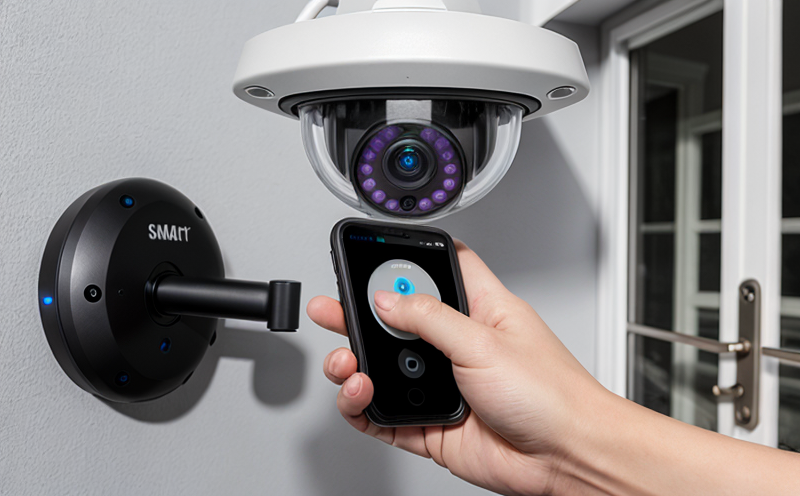EN 55035 Immunity Testing for Smart Surveillance Devices
The European Standard EN 55035 sets out the limits of radio disturbance and immunity requirements for equipment in residential, office, or similar environments. This standard is pivotal for ensuring that electronic devices function correctly in an electromagnetic interference (EMI) environment without causing harmful interference to other devices.
Smart surveillance devices are increasingly integrated into modern home security systems, providing real-time monitoring and alerts. These devices must be robust enough to withstand the electromagnetic disturbances present within a typical smart home ecosystem. EN 55035 compliance ensures that these devices operate reliably under such conditions, safeguarding against potential performance degradation or failure.
Compliance with EN 55035 is not merely about meeting technical specifications; it's also about protecting the integrity of your product in a market where trust and reliability are paramount. Non-compliance can lead to certification issues, brand damage, and even legal repercussions. Thus, conducting rigorous immunity testing is crucial for any company aiming to ensure its products meet regulatory requirements.
The testing process involves subjecting smart surveillance devices to various types of electromagnetic interference, including conducted emissions, radiated emissions, and susceptibility tests. Conducted emissions measure the amount of electrical noise that a device generates through power lines or signal cables. Radiated emissions assess how much radio frequency energy a device emits into its surrounding environment. Susceptibility tests evaluate how well a device can operate in an electromagnetic interference field without being affected by it.
The test setup typically includes a屏蔽模式





